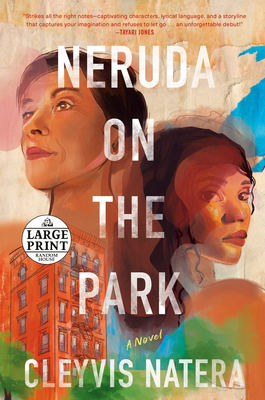
Robert Freeman Wexler's potent blend of urban realism and fantasy-"North American Surrealism" is the term Jeff VanderMeer has coined for Wexler's work-is on full display in his second novel, which makes its US debut some 12 years after its initial limited-edition publication in the UK.
.
At a mundane Manhattan party in the first summer of the twenty-first century, sculptor Jacob Lerner catches sight of an old painting and is transfixed. Who is the woman it portrays so intently? And what accounts for the malevolent gaze of the figure lurking behind her?
Striving to produce art that meets his high standards, without surrender to the demands of the marketplace, Lerner is also driven to learn about the haunting portrait and its creator, Philip Schuyler. His discovery of Schuyler's journal reveals the sinister forces that coerced the artist as he fulfilled his commission in 1840s New York, and sharpens Lerner's own conflict with those forces that still control the modern city.
Propelled in his quest by a glass marionette with unusual powers, Lerner finds himself slipping back and forth in time between the present-day city and Schuyler's Manhattan, before the island's pastures and streams were buried under concrete. His obsession comes to dominate his own art: he produces a pair of works, one that recovers the promise of the preindustrial island; the other a visualization of the modern metropolis, corrupted by greed and entrenched interests, and its possible destruction.
With his vision of a city in ruins, open to regeneration through nature and art, Lerner arrives at a cataclysmic conclusion.
member goods
listens & views

DEEP ROOTS OF JOHNNY CASH ...
by DEEP ROOTS OF JOHNNY CASH / VARIOUS
COMPACT DISCout of stock
$18.49






